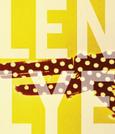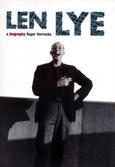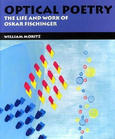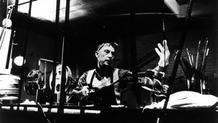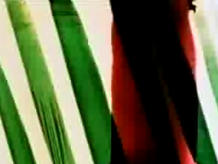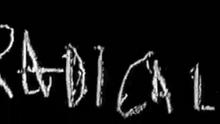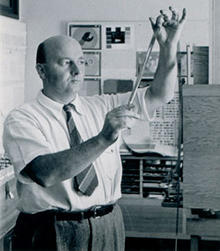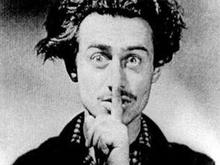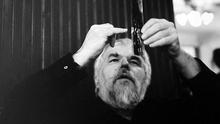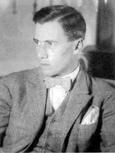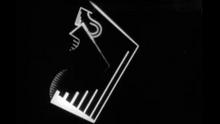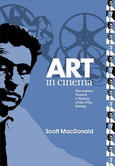Rhythm
(1957)- Invited to make a one minute film for the Chrysler Corporation's weekly television programme, Len Lye took 90 minutes of footage showing the making of a car and edited and synchronised it to African drum music.
Intended as a publicity film for Chrysler, Len Lye used rapid editing to speed up the assembly of a car, and synchronized it to African drum music. Chrysler was horrified by the music and suspicious of the way a worker was shown winking at the camera.
Rhythm won first prize at a New York advertising festival but was then disqualified because its sponsor had never given it a television screening. P. Adams Sitney wrote: "Although his reputation has been sustained by the invention of direct painting on film, Lye deserves equal credit as one of the great masters of montage." And in Film Culture, Jonas Mekas said to Peter Kubelka: "Have you seen Len Lye’s 50-second automobile commercial? Nothing happens there… except that it's filled with some kind of secret action of cinema."
Source: centre for art tapes
